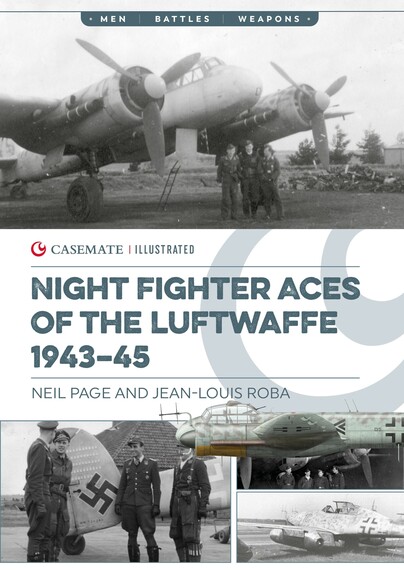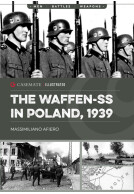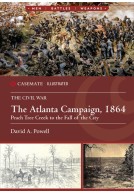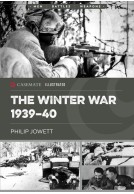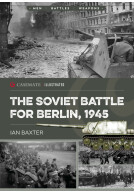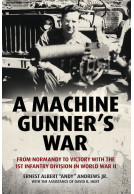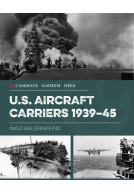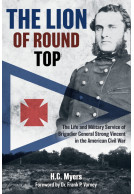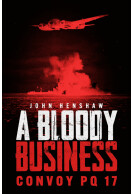Night Fighter Aces of the Luftwaffe 1943-45 (Paperback)
Series: Casemate Illustrated
Pages: 128
Illustrations: 100+ photographs and artwork profiles
ISBN: 9781636245546
Published: 28th May 2025
(click here for international delivery rates)
Order within the next 1 hour, 52 minutes to get your order processed the next working day!
Need a currency converter? Check XE.com for live rates
The week-long Allied bombing campaign against Hamburg in late July 1943 was not only hugely destructive but also had a significant impact on the German night fighter arm. From now on, the “boxes” of Kammhuber’s “Raumnachtjagd” would be the starting point from which fighters would be led into the bomber stream as early as possible, a tactic dubbed “Zahme Sau.” The night fighters had to quickly adopt new “freelance” procedures, and also found themselves increasingly engaged in daylight operations. These actions resulted in heavy losses—especially of experienced aces—which the Nachtjagd could ill afford and struggled to replace.
The winter of 1943/44 saw a series of huge raids on Berlin. Although hard pressed, the Nachtjagd aces were still able to score some heavy tactical victories. Over a thousand RAF “Viermots” were shot down—more than double the expected losses—before the campaign was cut short. New night fighter aces emerged, often former transport and reconnaissance pilots, and the upward firing armament of the Bf 110s and Ju 88s could cut swathes through the “stream.” However, by mid-1944, as the Allies advanced, the night fighter aces were forced into new roles, including ground-strafing armor and troop concentrations, a role for which they were clearly unsuited. A small number of Me 262 jets were deployed in a new NJG 11, but exclusively committed against the rapid twin-engined Mosquitos of the RAF’s Light Night Striking Force. Heinkel He 219s were never available in significant numbers and prowling Mosquito intruders were an ever-present danger to Nachtjagd crews.
While the surviving night fighter aces continued their defensive actions virtually every night, by March 1945 the Nachtjagd was in terminal decline. Of the 1,100 night fighter pilots and crew who claimed at least one victory, some 669 were lost, a casualty rate of around 74 percent.
Fully illustrated and featuring newly translated personal accounts, this is a chronological account of the Luftwaffe night fighters in the second part of the war, covering major campaigns, the biographies of individual aces, and the details of their aircraft.
In this second part of their account of Luftwaffe night fighter aces the authors cover the last years of WW2 when the Nachtjagd reached the pinnacle of effectiveness that inflicted such painful losses on RAF Bomber Command as the night bombing offensive against the Reich reached its climax. The period covers several ‘bomber’ battles over Hamburg, the Ruhr and finally Berlin that saw the Luftwaffe introduce new tactics such as ‘Wild Boar’ and ‘Tame Boar.’ The well researched narrative concentrates on the actions and biographies of some of the successful night fighter pilots that is complemented by some newly translated personal accounts and contemporary combat reports that puts a human face onto the story. The aircraft they flew are not forgotten with a selection of well-chosen and rare images of the major types as well as some excellent colour profiles. This is a well-crafted account of an important subject and will appeal to the general reader as well as students of the Luftwaffe and RAF history.
Andrew Thomas - Author and Historian







